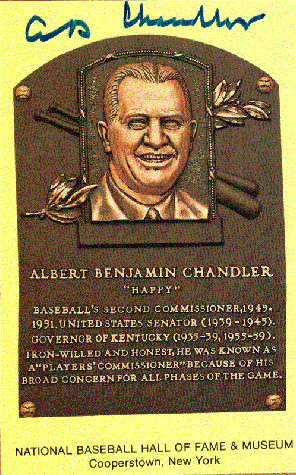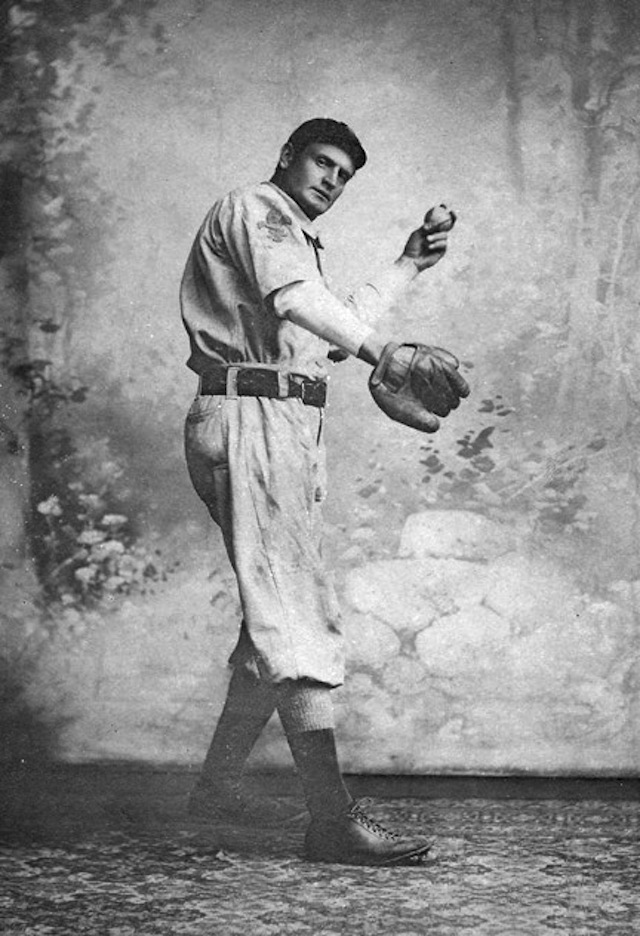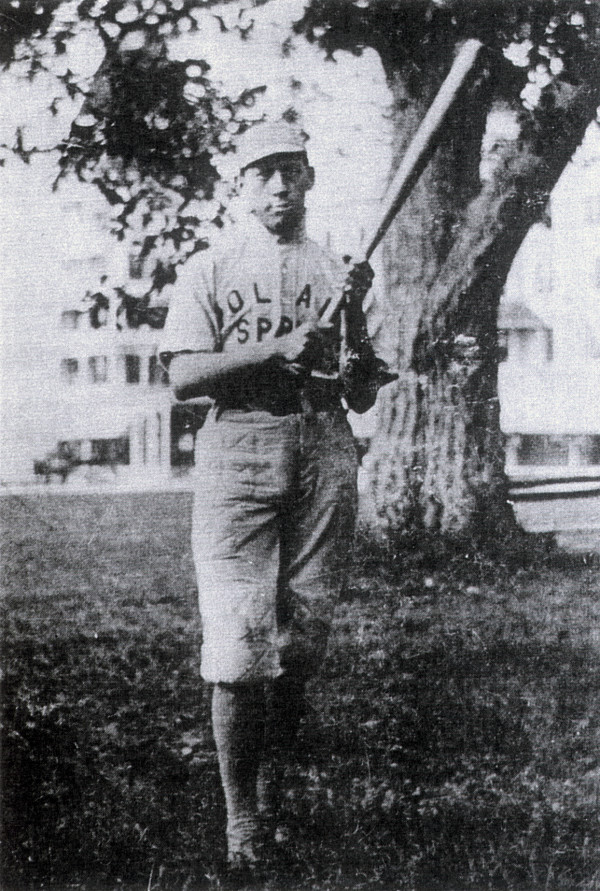Baseball Commissioners – A.B. “Happy” Chandler – Part 2 of 6
Part One- – Judge Kenesaw Landis A.B. “Happy” Chandler After the first commissioner of baseball, Judge Kenesaw Landis died on November 25, 1944, a new one was needed. Leslie O’Connor was named as the interim commissioner until a permanent replacement could be named. Many felt the job would easily go to O’Connor. After all,…



